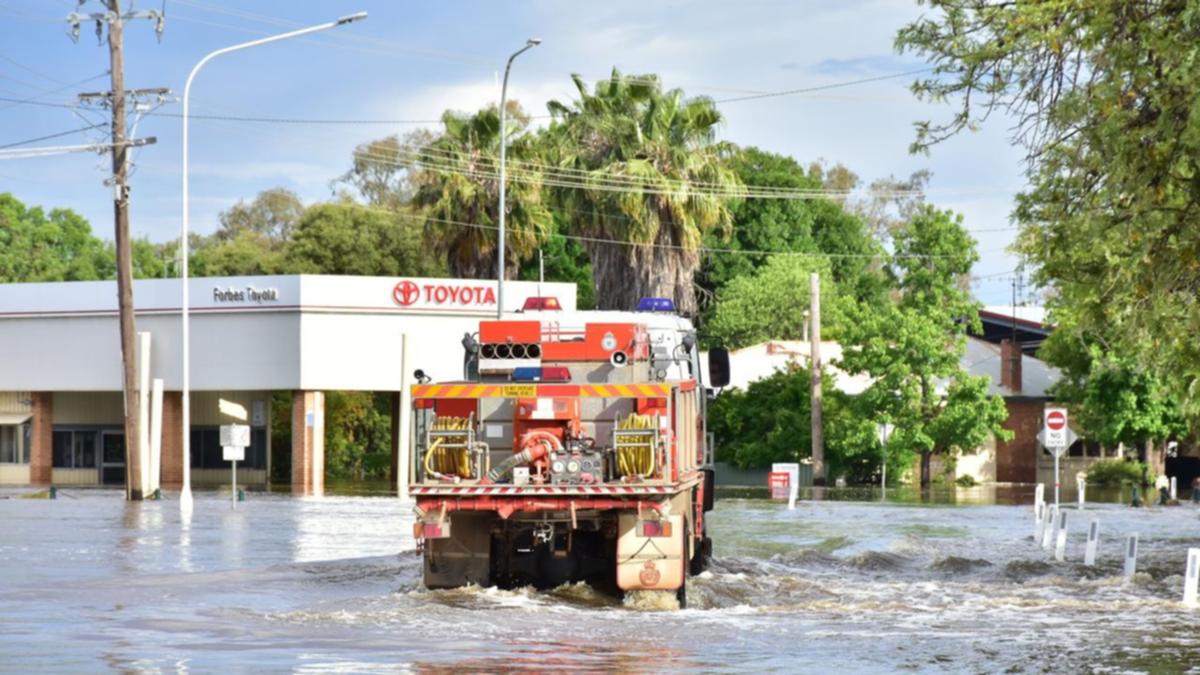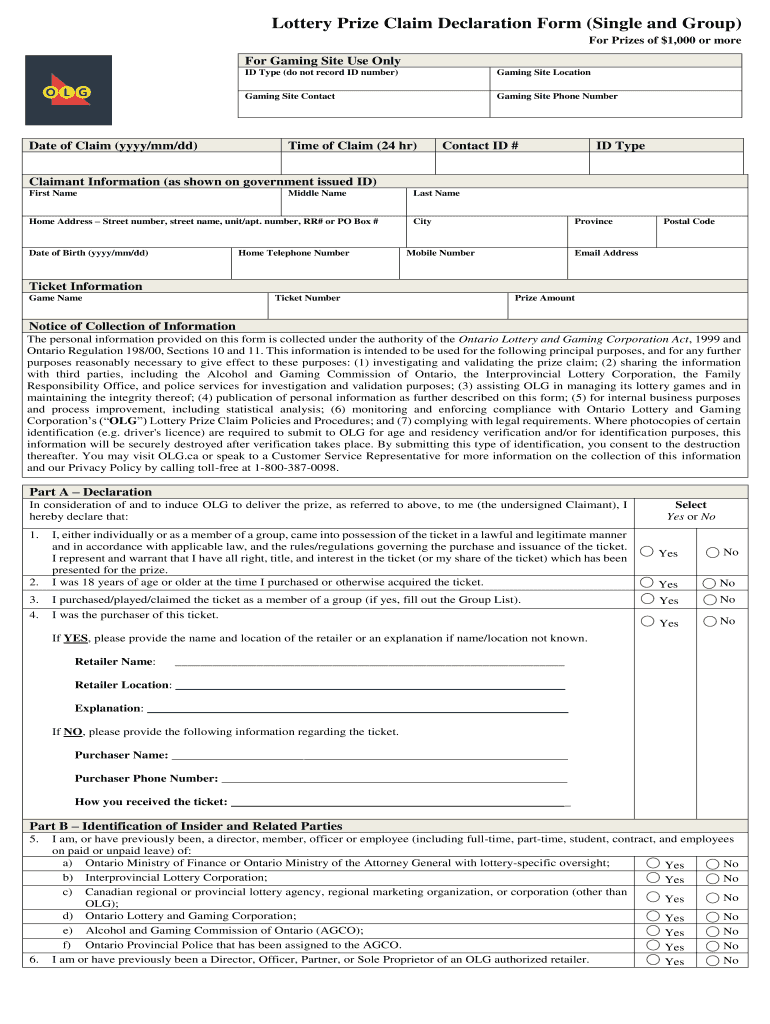Flood Alerts Explained: How To Prepare For And Respond To Floods

Table of Contents
Understanding Different Types of Flood Alerts
Knowing the difference between various flood alerts is paramount to effective flood preparedness. Different alerts indicate varying levels of urgency and require different responses. Understanding these distinctions can be the difference between being prepared and facing a crisis unprepared. Key alerts include:
-
Flood Watch: A flood watch signifies that conditions are favorable for flooding. This isn't an immediate threat, but it's a strong indication that flooding is possible. This is your time to prepare: review your emergency plan, check your supplies, and monitor weather reports closely. Think of it as a yellow alert, prompting you to be ready for action.
-
Flood Warning: A flood warning means flooding is occurring or is imminent. This is a serious alert requiring immediate action. If you are in a flood-prone area, you should be taking steps to protect your property and consider evacuation. This is the red alert; immediate action is required.
-
Flash Flood Warning: A flash flood warning indicates a sudden, rapid flood is occurring. This is the most dangerous type of flood alert, demanding immediate action to seek higher ground. Delaying action during a flash flood warning can be life-threatening. Seek shelter immediately and move to higher ground.
-
Severe Thunderstorm Warning: While not specifically a flood alert, severe thunderstorms often produce heavy rainfall that can lead to flash flooding. If a severe thunderstorm warning is issued, take shelter immediately and be aware of the potential for flash flooding in your area. These storms are often precursors to flash flood events.
-
River Flood Warning: This alert indicates that river levels are expected to reach flood stage, potentially inundating nearby areas. Evacuation may be necessary depending on your proximity to the river and the predicted flood level. This gives you some time to prepare, but prompt action might be crucial based on the severity of the warning.
-
Coastal Flood Warning: Coastal flood warnings are issued when high tides and storm surge threaten coastal areas with flooding. This is particularly relevant for those living near the ocean or other large bodies of water. Be aware of the potential for high winds and storm damage alongside the flooding.
Preparing for a Flood: Essential Steps for Protection
Proactive flood preparedness is key to minimizing damage and ensuring safety. Creating a comprehensive plan and assembling the necessary supplies can significantly reduce risk and stress during a flood event. Here are some essential steps:
-
Develop a family communication plan: Designate an out-of-area contact person for family members to check in with. Establish meeting points in case of separation. This plan will be invaluable during a crisis.
-
Create an emergency kit: A well-stocked emergency kit is essential for surviving a flood. (See details below).
-
Identify evacuation routes and safe locations: Know multiple routes to higher ground or designated evacuation centers. This is crucial, especially during flash floods where escape routes can become quickly blocked.
-
Consider purchasing flood insurance: Flood insurance can provide vital financial protection in the event of flood damage. Understand your coverage and ensure your policy is sufficient.
-
Elevate valuable possessions and appliances: Move important items to higher floors or elevate them off the ground if possible. This will help protect them from floodwaters.
-
Install flood barriers or sandbags (if time permits): If you have time before a flood, sandbags and barriers can help protect your home from rising waters. However, prioritizing your safety and evacuation is crucial.
-
Learn about your local flood risk: Understanding your area's flood history and risk zones is crucial in determining your level of preparedness and response.
Building a Comprehensive Flood Emergency Kit
Your flood emergency kit should contain essential items to sustain you and your family until help arrives or you can safely relocate. This kit should be easily accessible and regularly checked. Include:
- First-aid kit and medications: Include any necessary prescription medications.
- Flashlight and extra batteries: Essential for navigating during power outages.
- Portable radio: Stay informed about weather updates and emergency broadcasts.
- Water (at least one gallon per person per day for several days): Water is crucial for survival.
- Non-perishable food: Choose food that requires no cooking and minimal preparation.
- Blankets and warm clothing: Temperatures can drop significantly after a flood.
- Important documents (identification, insurance policies): Store these in waterproof bags.
- Copies of important documents: Store these separately from the originals.
Responding to a Flood: Safety Measures and Evacuation
During a flood, your safety is the top priority. Follow these guidelines to protect yourself and your family:
-
Evacuate immediately if instructed by authorities: Obey evacuation orders without delay. This is crucial to your safety.
-
Never drive through flooded areas: Floodwaters can hide unseen dangers, including downed power lines and deep water.
-
Avoid downed power lines: Downed power lines are extremely dangerous and should be avoided at all costs.
-
Stay away from floodwaters: Floodwaters can be contaminated with sewage, chemicals, and other hazardous materials.
-
Once the flood has subsided, be cautious of debris and structural damage: Be vigilant for unstable structures and hazardous debris.
-
Report any damage to authorities: This helps with disaster relief efforts.
-
Contact your insurance company: Begin the process of filing an insurance claim.
Conclusion
This guide highlighted the importance of understanding different flood alerts, emphasizing the need for preparedness and outlining crucial response strategies. Preparing for floods is vital to protecting yourself and your community from the devastating impacts of this natural disaster. By understanding the various types of flood alerts, building a comprehensive flood preparedness plan, and taking appropriate action, you can significantly reduce the risks associated with flooding and ensure the safety of your loved ones. Don't wait for a flood warning—prepare for flood alerts today and enhance your flood safety!

Featured Posts
-
 An Andalusian Farmstay For Relaxation And Rejuvenation
May 26, 2025
An Andalusian Farmstay For Relaxation And Rejuvenation
May 26, 2025 -
 Perubahan Klasemen Moto Gp Dampak Kemenangan Sprint Race Marquez Di Argentina 2025
May 26, 2025
Perubahan Klasemen Moto Gp Dampak Kemenangan Sprint Race Marquez Di Argentina 2025
May 26, 2025 -
 The Gregor Robertson Housing Strategy Balancing Affordability And Market Stability
May 26, 2025
The Gregor Robertson Housing Strategy Balancing Affordability And Market Stability
May 26, 2025 -
 The Queens Return Queen Wens Parisian Engagement
May 26, 2025
The Queens Return Queen Wens Parisian Engagement
May 26, 2025 -
 Hasil Fp 1 Moto Gp Inggris 2025 Prediksi Race And Jadwal Tayang Trans7
May 26, 2025
Hasil Fp 1 Moto Gp Inggris 2025 Prediksi Race And Jadwal Tayang Trans7
May 26, 2025
Latest Posts
-
 1 Million National Lottery Prize Winner Urged To Claim Before Deadline
May 28, 2025
1 Million National Lottery Prize Winner Urged To Claim Before Deadline
May 28, 2025 -
 Unclaimed 1 Million National Lottery Prize Six Week Deadline Looms
May 28, 2025
Unclaimed 1 Million National Lottery Prize Six Week Deadline Looms
May 28, 2025 -
 Arsenals Interest In Luis Diaz Fact Or Fiction
May 28, 2025
Arsenals Interest In Luis Diaz Fact Or Fiction
May 28, 2025 -
 Kanye West And Bianca Censori A Report On A Difficult Divorce Attempt
May 28, 2025
Kanye West And Bianca Censori A Report On A Difficult Divorce Attempt
May 28, 2025 -
 Diaz To Arsenal A Realistic Possibility
May 28, 2025
Diaz To Arsenal A Realistic Possibility
May 28, 2025
